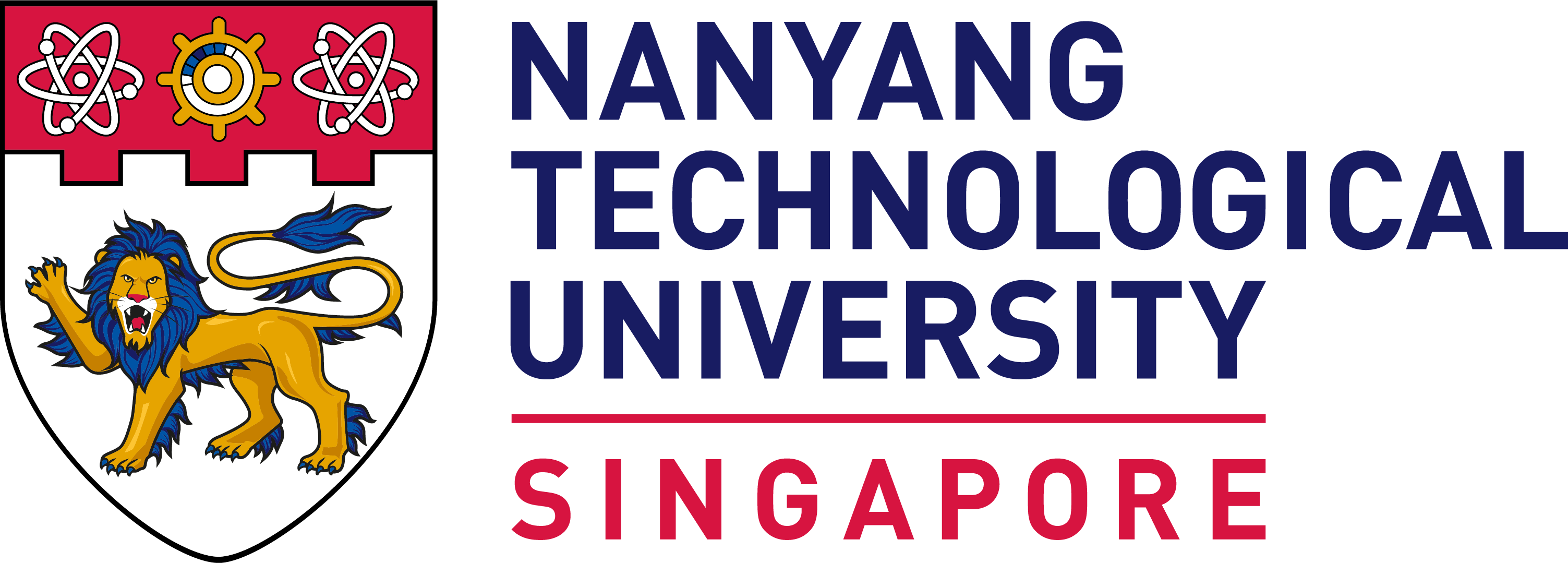Nonadiabatic Reaction Dynamics of Polyatomic Molecules (or Anions): Role of the Electron in the (Non)Valence Orbitals

Hosted by: Assoc. Prof. Loh Zhi Heng
Abstract
Non-valence bound state (NBS) of anion is ubiquitous and plays the essential role in the anion physics/chemistry. Here, state-specific chemical dynamics of the metastable NBSs (using the picosecond time-resolved pump-probe spectroscopy on the cryogenically-cooled anions using the velocity-map electron imaging technique) has been investigated to reveal the nature of the mode-dependent dynamic behavior of NBS in terms of the autodetachment and/or concomitant fragmentations. Autodetachment rate of the NBS has been precisely measured in a state-specific manner for various chemical systems of the phenoxide, 4-cyanophenoxide, or o- (m- or p-) halogen substituted phenoxides. Fermi’s golden rule is extremely helpful for the rational explanation of the experiment, though the sophisticated theoretical models were required for the more quantitative analyses. For (ortho-, meta-, or para-) iodophenoxides, the C- I bond rupture (giving the I- fragment at the asymptotic limit) has been found to be mediated by Feshbach resonances, providing the foremost evidence for the dynamic doorway role of the NBS in the anion chemistry. Autodetachment and the NBS-VBS (valence bound state) transition processes occur competitively, promising the quantum-mechanical control of the anionic reaction. As the second topic, bifurcation dynamics of the reactive flux at the conical intersection (into so-called Herzberg type-I and type-II predissocations) has been disentangled as two distinct dynamical outputs could be spatiotemporally separated out experimentally for the excited-state reaction of thioanisole. If time is allowed, the very recent experimental observation of the structural change of the molecule near the transition-state (using the double resonance spectroscopic techniques) will be presented.
References:
[1] DH Kang, S An, SK Kim, Physical Review Letters 125 (9), 093001 (2020).
[2] DH Kang, J Kim, HJ Eun, SK Kim, J. Am. Chem. Soc. 144 (35), 16077-16085 (2022).
[3] DH Kang, J Kim, HJ Eun, SK Kim, Accounts of Chemical Research 55 (20), 3032-3042 (2022).
[4] DH Kang et. al. J. Am. Chem. Soc., 145, 47, 25824–25833 (2023).
[5] DH Kang and SK Kim, Chemical Physics Reviews, 5 (4), 041301 (2024).
[6] J. S. Lim, SK Kim, Nature Chemistry, 2, 627 (2010); KC Woo et. al., J. Am. Chem. Soc., 139, 17152 (2017).
[7] J. Kim, MS Kang, JH Yoon, SK Kim, Nature Communications, in press (2024).

